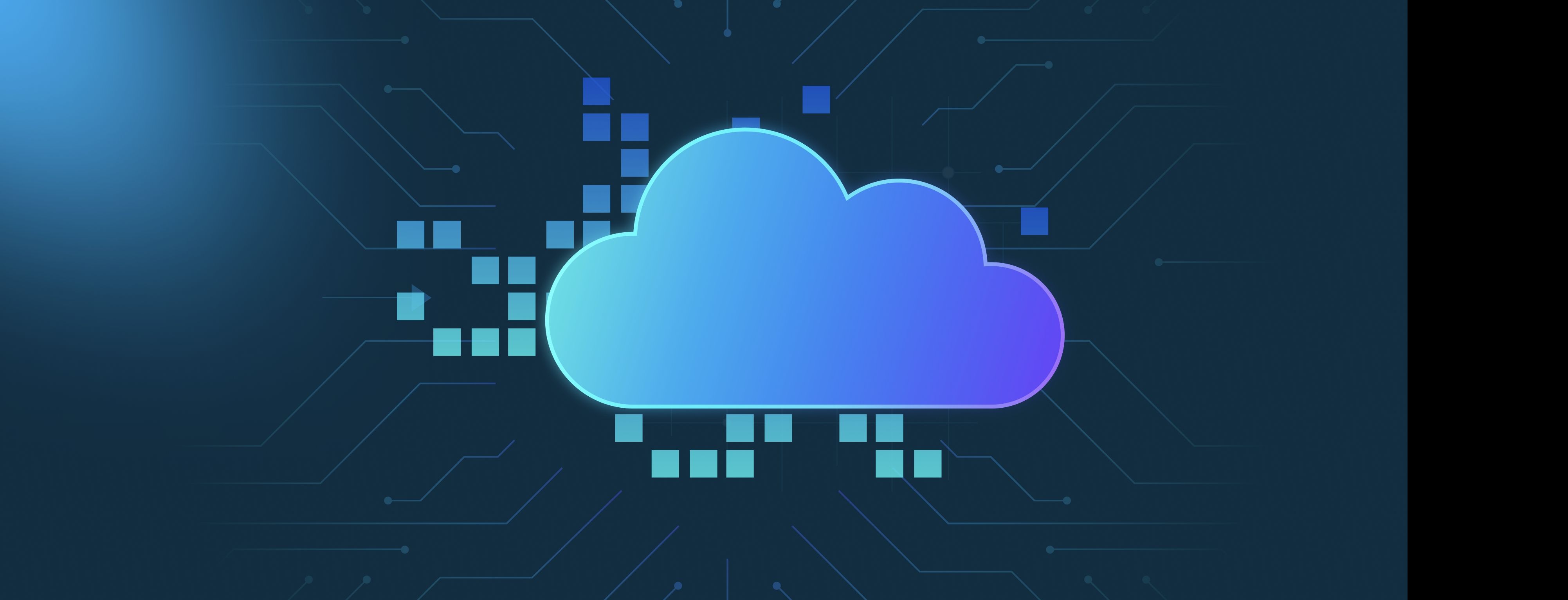The primary goal of computer vision is to enable machines to interpret and understand the visual world. This includes tasks like recognizing objects, understanding scenes, identifying patterns, and making informed decisions based on visual data. Computer vision aims to bridge the gap between how humans perceive the world and how machines can process similar data. For instance, in autonomous vehicles, computer vision helps cars “see” the environment and recognize objects like pedestrians, other vehicles, and traffic signs. In medical imaging, computer vision can be used to analyze X-rays or MRIs to detect diseases like tumors or fractures. In all cases, the goal is to automate visual perception and decision-making, often using techniques like deep learning to improve accuracy and adaptability over time. As these systems evolve, the goal expands beyond simple recognition to more complex tasks like scene interpretation, 3D reconstruction, and real-time interaction with the environment.
What is computer vision's goal?

- Evaluating Your RAG Applications: Methods and Metrics
- Retrieval Augmented Generation (RAG) 101
- Mastering Audio AI
- Advanced Techniques in Vector Database Management
- Accelerated Vector Search
- All learn series →
Recommended AI Learn Series
VectorDB for GenAI Apps
Zilliz Cloud is a managed vector database perfect for building GenAI applications.
Try Zilliz Cloud for FreeKeep Reading
How do embeddings support transfer learning?
Embeddings play a key role in transfer learning by allowing knowledge from one task or domain to be transferred to a new
What are the main types of federated learning?
Federated learning is a machine learning approach where multiple parties collaborate to train a model without sharing th
What is the significance of durability in database benchmarks?
Durability in database benchmarks refers to the ability of a database system to maintain its state and ensure that data